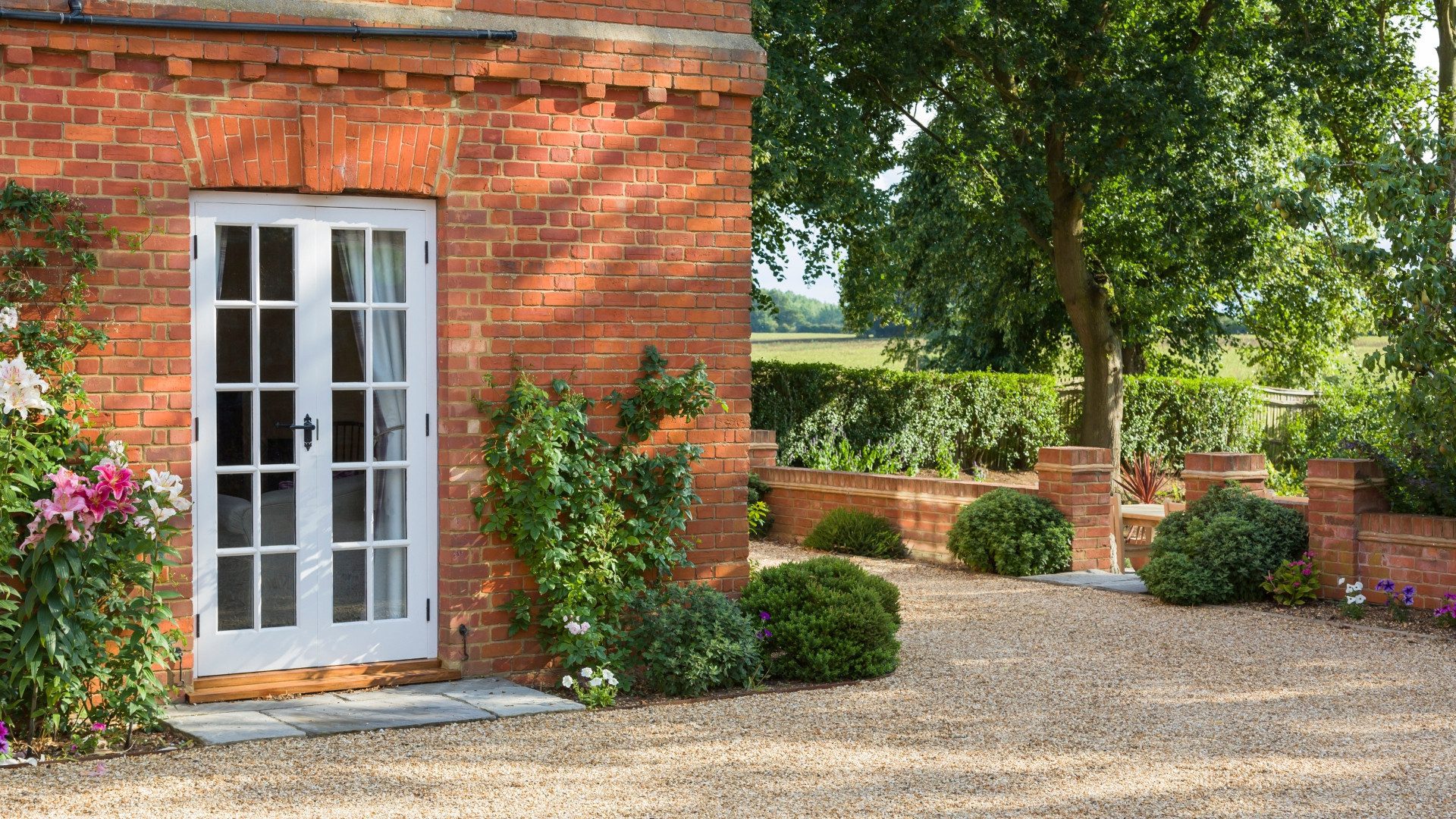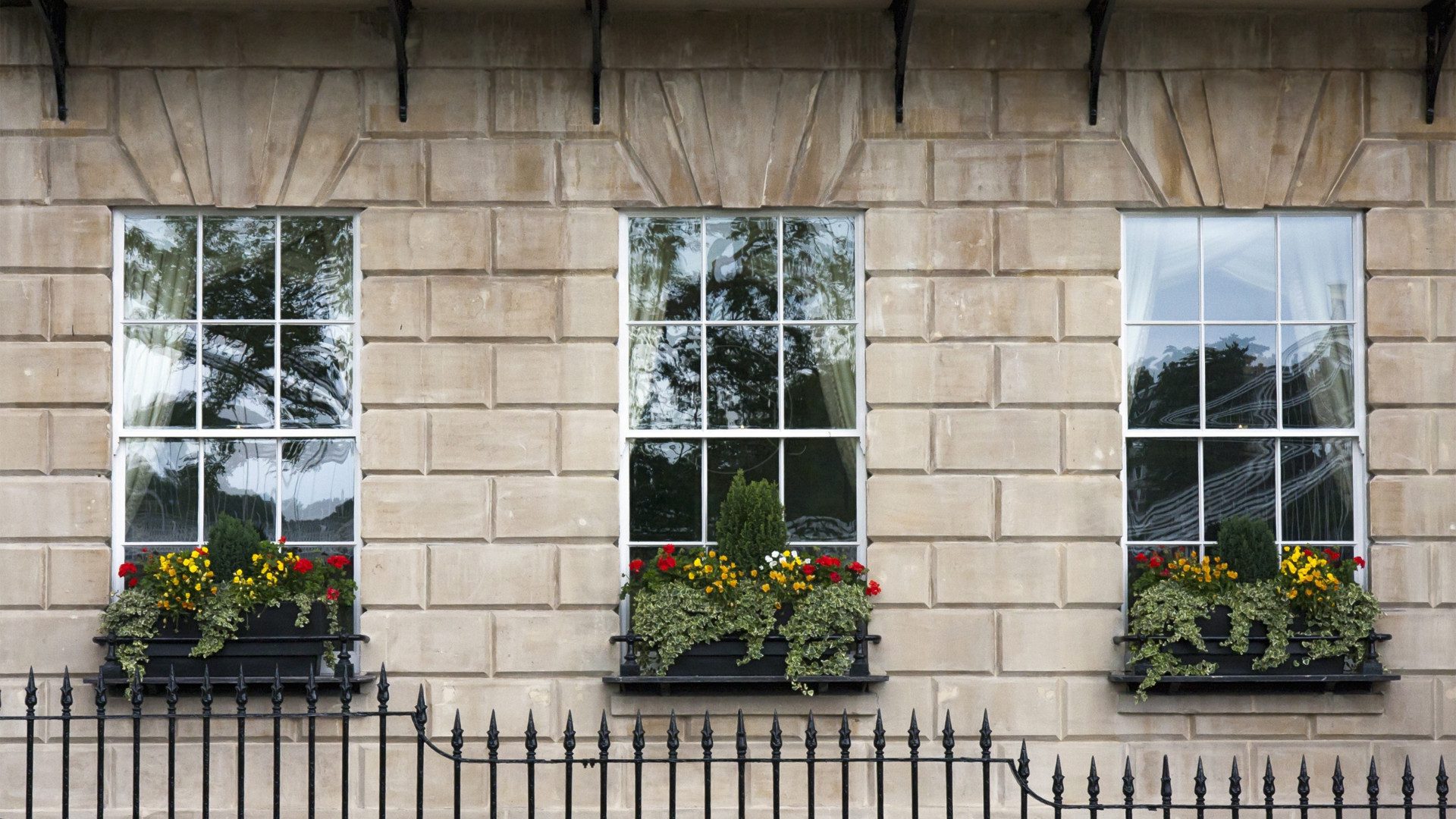French windows or the appeal of light
The term “French casement” (ouvrant à la française) is most commonly applied to windows, although it can also apply to doors. The French window is the most widespread type of window in France. Let’s talk about it!
French Windows: Characteristics
Definition Every French window always opens inward and laterally: the movable part pivots vertically towards the interior of the building.
A French window consists of a frame (also called casement, fixed or frame) sealed to the wall in a watertight manner and generally one to two glazed openings (the sashes or leaves) attached to the frame by special hinges called pintles. These are made up of scions and hinges, with the scion fitting into the hinge.
Specifics The leaves always open vertically in a lateral manner, allowing the leaf to connect to the frame by fitting the scion into the pintle: gravity due to the weight of the leaf keeps everything in place.
There are at least two hinges per leaf, but there are more when the window is large or the glazing is thick and heavy.
This type of hinge is massively used on windows for sale in France. In some old joinery, the scion is on the frame and the hinge is on the leaf.
History The vast majority of French windows have two leaves. But until the 1970s, it was common to have 3 or even 4 leaves to bring more clarity to the rooms. Today, this type of installation is replaced by sliding windows or French doors.
In France, entrance doors and interior doors almost always open inwards, except in public places where they must be able to open under the pressure of the public, according to the decree of June 25, 1980, article C.O. 45 on the safety regulations against the risk of fire and panic in establishments open to the public (ERP). Outside of France, doors most often open outwards.
History and Popularity in the UK French windows became famous for their elegant appearance and functionality, allowing maximum light and access between indoor and outdoor spaces. Originating in the 17th century during the Baroque period, their design was intended to maximize light in homes before the advent of electric lighting. In the UK, French windows gained popularity due to their aesthetic appeal and practicality, especially in homes with gardens or terraces, offering an unobstructed view and easy access to outdoor spaces. Their timeless design and the way they enhance the visual and practical connection between indoor and outdoor areas continue to make them a popular choice in the UK’s historical and contemporary architecture.
Note: A casement characteristic of a geographical area often takes the name of the country where it is widespread by the ease of language: English or Italian window, for example.
Advantages of a French Window The advantages are as follows:
- It makes it possible to open the entire surface of the window to quickly ventilate the room;
- Since it opens inward, it’s possible to close the shutters while leaving the window open;
- The window or door is straightforward to install, even if it is large, because it fits into a single frame;
- In the event of a gust of wind, the opening does not slam against the exterior wall, unless another opening is also open.
However, the French window has some disadvantages:
- It takes up space inside the room because the leaves pivot inward;
- Its vertical shape does not prevent rain or other external elements from entering when it is open;
- The hinges require regular maintenance and adjustment to avoid opening problems.
Choosing between French and English windows (which often refer to sash windows that slide vertically) depends on several factors, including personal preference, the architectural style of your home, the climate, and how you intend to use the space. Here’s a comparison to help you decide which might be best for you:
French Windows
- Aesthetics: French windows are known for their elegant appearance, offering a classic look that can enhance both traditional and modern homes.
- Access: They provide a wide opening for access to outdoor areas, making them ideal for homes with gardens, patios, or balconies.
- Ventilation: The ability to open fully, French windows allow for excellent ventilation.
- View: With fewer dividers, they often provide an unobstructed view of the outdoors.
- Space Consideration: They require space to open inward or outward, which might be a limitation in smaller rooms or areas with limited outdoor space.
English Sash Windows
- Aesthetics: Sash windows offer a traditional and timeless look, particularly suited to period properties and those wishing to maintain a classic aesthetic.
- Space Efficiency: Since they slide vertically, they don’t require additional space to open, making them suitable for rooms facing walkways or small gardens.
- Ventilation: Can be adjusted to open at the top, bottom, or both, providing flexible ventilation options.
- Maintenance: Older sash windows can be more challenging to maintain and may require more effort to open and close due to their weight and balance system.
- Insulation: Modern sash windows offer good insulation, but poorly maintained or older models might be drafty.
Considerations:
- Climate: In areas with a lot of rain, sash windows might be more practical as they don’t allow rain to enter when opened. However, French windows provide better indoor-outdoor flow, which can be ideal in milder climates.
- Security: Both window types can be equipped with modern security features, but it’s essential to consider how each opens in the context of security needs.
- Historical and Aesthetic Compatibility: The style of your home might lean towards one type of window; for example, Victorian homes often feature sash windows, while French windows might suit more modern or country-style homes.









